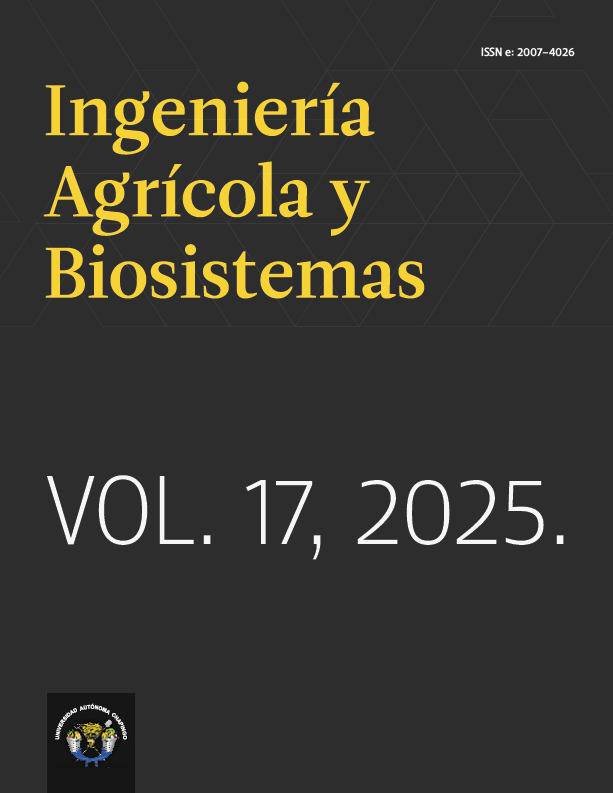COORDINACIÓN DE REVISTAS INSTITUCIONALES | UACh
e-ISSN: 2007-4026
ISSN print: 2007-3925
Ingeniería Agrícola y Biosistemas
Ingeniería Agrícola y Biosistemas (Agricultural and Biosystems Engineering; INAGBI) is a bilingual (Spanish and English) scientific journal published by the Universidad Autónoma Chapingo on a biannual basis. It offers professionals in agricultural and biosystems engineering a means of disseminating and discussing the results of unpublished research. In this sense, the journal’s aim is to disseminate the results of scientific research and technological developments related to biological systems and agricultural engineering.
Home / Articles / Vol. 17 - 2025
© Derechos reservados Universidad Autónoma Chapingo 2024 | Protección de Datos Personales

